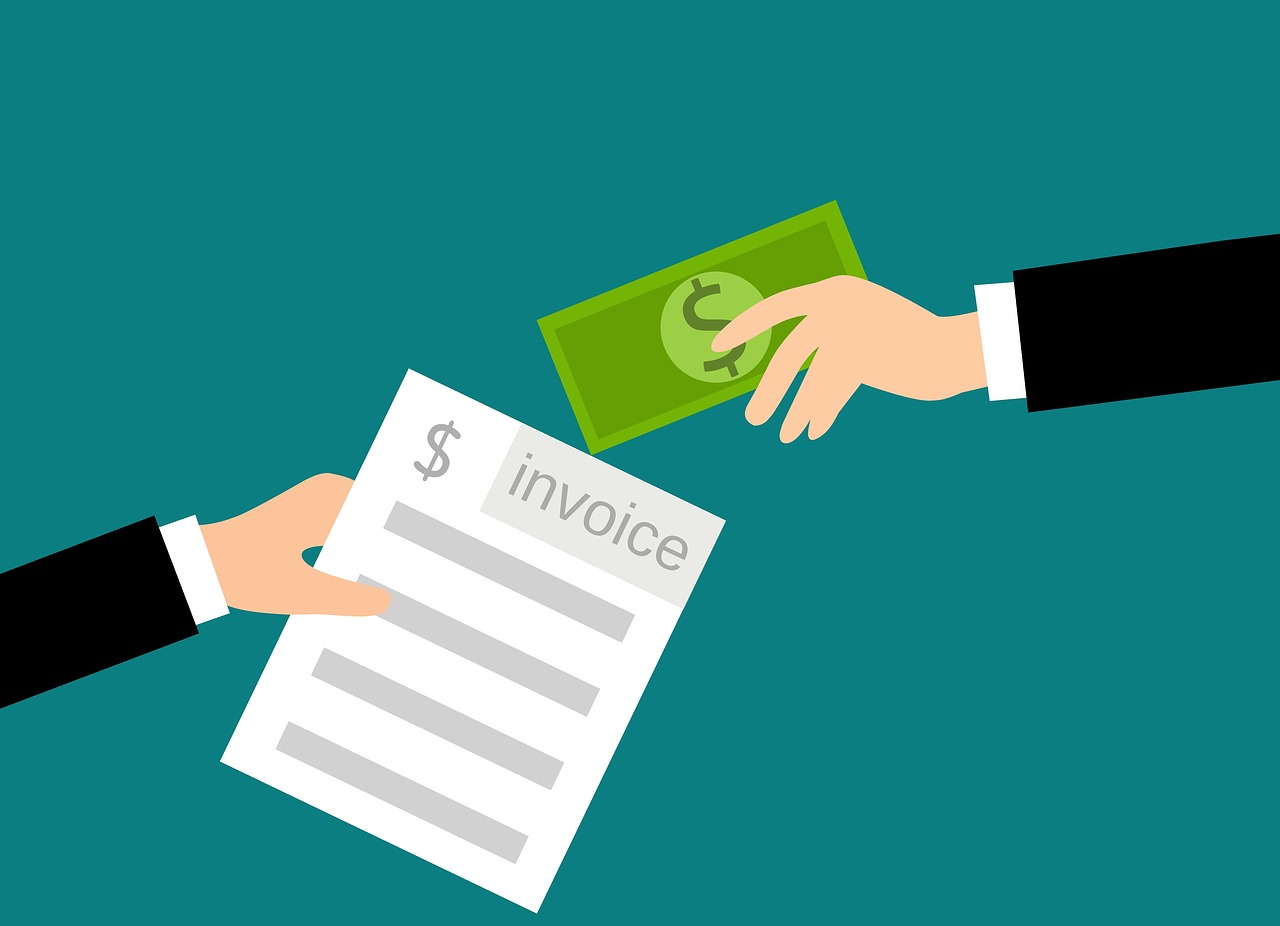
How to Apply a Discount to an Invoice
How to Apply a Discount to an Invoice A good discount is what your customer…

You’ve succeeded in completing a project. Now, it’s time to get paid. That’s where generating an invoice comes into play. Whether you’ve been running your business for a while or just getting started, you might be looking for more information on effective billing: how to create a bill, what to include and add for it to result in a speedy payment, etc.
In this article, we will briefly guide you through the process of creating professional looking invoices, as well as look at the essence of this financial document. Also, we will cover the benefits of using top-notch cloud-based platforms for sending quotes that your clients will take seriously. Ready to get this topic started? Keep reading.
It’s a time-stamped document given to the buyer by the seller for the purpose of collecting payment. It usually contains the products and services a business (the seller) provides to a client (the buyer), as well as the personal details of the two parties, description and prices of goods or services rendered, and the terms of payment. For small businesses, billing is paramount.
Why is an invoice important? First and foremost, it aids businesses in getting paid on time. Also, these docs serve as legal records proving that the products or services have been provided, thus, establishing a company’s right to get paid. Furthermore, bills are helpful for bookkeeping and tax purposes because they comprise your financial history.
Here are some more perks of making your own invoice templates — and making the most of them:
Here are the steps on how to create invoice formats you can utilize each time you do a job for your clients (or sell them your product):
Make sure it includes your business name, your contact details, as well as your company logo.
Indicate their contact info, assign a unique number to the file, indicate the date, plus the due date. When filling out invoice templates, don’t forget to specify your payment terms, too.
Create a chart of the services rendered, including the following details: the services and their quantity, the date when the job was completed, the hours you’ve spent, and the total price you’re charging. In case you’re dealing with a client who has bought products from your company, specify your return policy. When you’re through with all the official stuff, don’t forget to thank the client for their business. This is the last thing your client will see, so make sure you are as polite as you can.
Here are some more tips on effective billing:
Creating and sending quotes can be time-consuming. Still, it’s not something to neglect. A well-designed bill will aid your firm in getting paid faster and provide legal protection for both parties. To streamline the process, make the most of a reliable generator invoice application.
Below, you will find the main benefits of using cloud-based platforms for billing:
When making an invoice, it is vital to include certain details. Your company’s name, address, and contact information are essential. Moreover, the buyer’s corresponding details must be clearly outlined. The document should explicitly itemize the products or services provided, the transaction date, payment terms, and the total amount due.
For a personal touch, some business owners opt to include a thank-you note, prompt payment discounts, or other tailored incentives that enhance their relationship with the client.
The legibility of a bill is key. Selecting a layout that logically orders information is also crucial.
If you have the right tools and templates, you will find that making a bill is a whole lot simpler than it looks.
Creating and transmitting an invoice is essential for business operations. Whether a newbie or a seasoned company owner, mastering the art of creating a crisp and professional bill is vital. So if you want to make sure that all payments are made in a timely manner, it would be wise to focus on key elements, structure the bill correctly, and utilize online tools and service providers.


How to Apply a Discount to an Invoice A good discount is what your customer…

How to Add Taxable and Non-Taxable Items on One Invoice Invoicing is never as straightforward…

3 Reasons to Use Paperless Invoices It is 2024 out there, and machines have already…